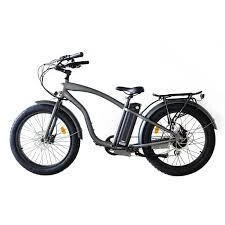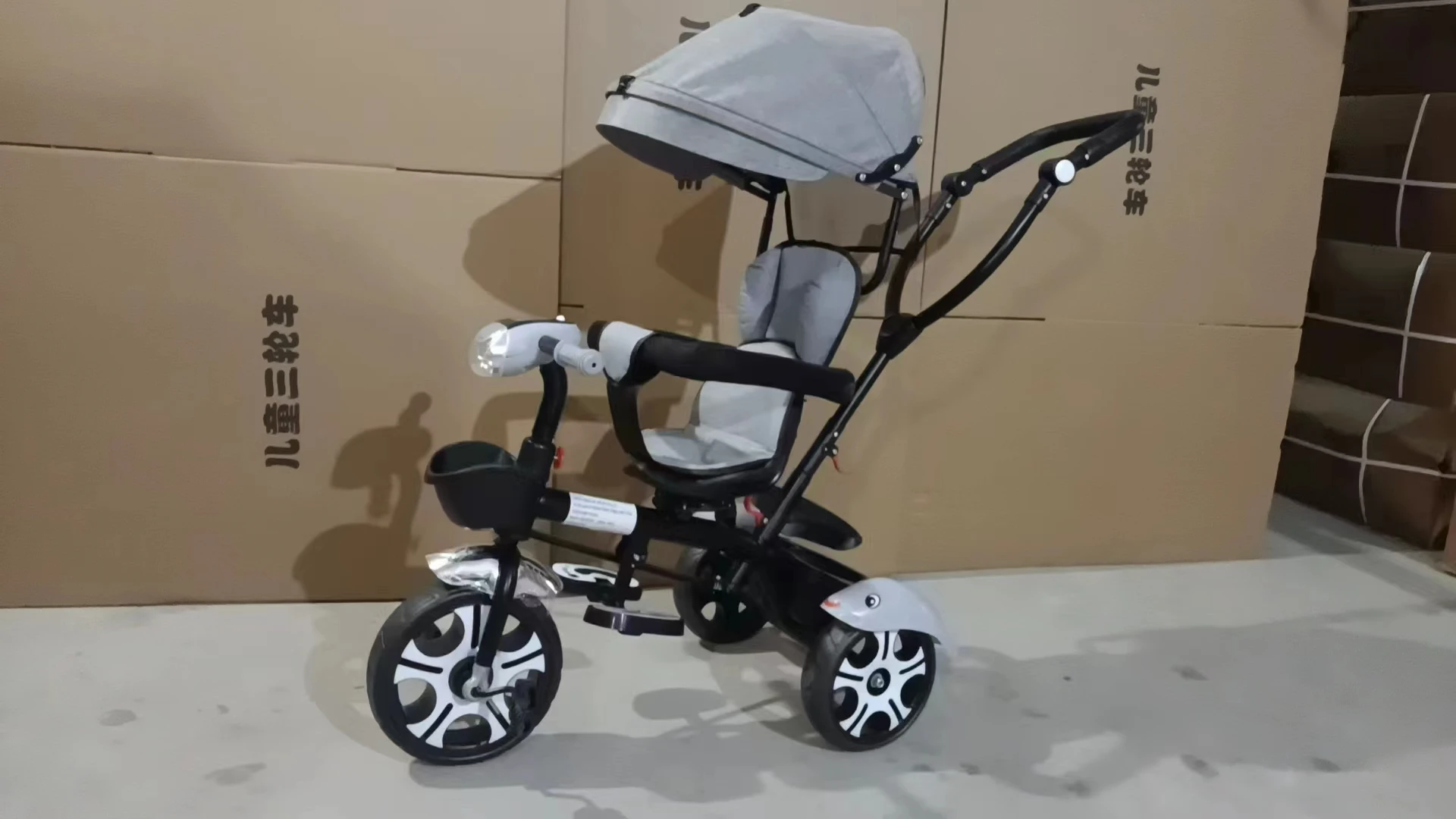Mar . 04, 2025 09:12 Back to list
derailleur on mountain bike


During realignment, take utmost care when bending the hanger or derailleur back into place. Small, deliberate adjustments prevent additional stress on the components. Utilizing a derailleur alignment gauge can guide your corrections, ensuring the derailleur hanger is perfectly aligned with the dropouts and cogs. Reattach the derailleur to the hanger, and ensure all screws and bolts are tight, yet not overtightened to avoid stripping. Once the derailleur is back in place, reinsert the wheel. Shift through all gears to verify the smooth operation. Misalignment post-adjustment may require additional tuning using the derailleur's limit screws and barrel adjuster to fine-tune positioning and tension. Enhance the experience by regularly maintaining the transmission system. Keep the derailleur and chain clean from grime and lubricate regularly. Road grit and muck exacerbate wear, potentially leading to future bending. Inspect the derailleur and hanger periodically, particularly after crashes or hurdles, to catch bends early and reduce potential damage. For authoritative results, consider professional assistance if unsure about the repair process. Trusted mechanics in specialized bike shops offer expertise that ensures lasting fixes and safe rides. Their services, often using sophisticated tools and techniques, optimize performance and extend drivetrain life. Ensuring a mountain bike is equipped with a straight and properly functioning derailleur enhances ride quality and safety. Addressing a bent derailleur with expertise fosters confidence, extends your bike's lifespan, and keeps every adventure exhilarating and trouble-free. For enthusiasts and novices alike, embracing the art of derailleur maintenance is paramount to experiencing the full thrill of mountain biking.
-
In-Depth Guide to Ebike Frames: Design, Use & Future Trends
NewsNov.25,2025
-
Discover Top E Bike Brand Insights, Specs & Future Trends | Yanline Bike
NewsNov.24,2025
-
Green E Bike – The Future of Sustainable Urban Mobility
NewsNov.24,2025
-
Ruffian eBike: Durable, Efficient Electric Bikes for Modern Mobility
NewsNov.23,2025
-
Comprehensive Guide to the Global E Bike Market and Future Trends
NewsNov.23,2025
-
Understanding Electric Bicycle Range: A Complete Guide for Smarter E-Bike Use
NewsNov.22,2025
-
Ceron Electric Bike – Efficient, Sustainable Urban Mobility Solutions
NewsNov.22,2025




